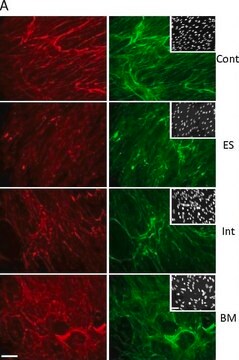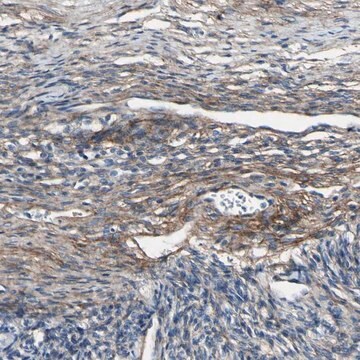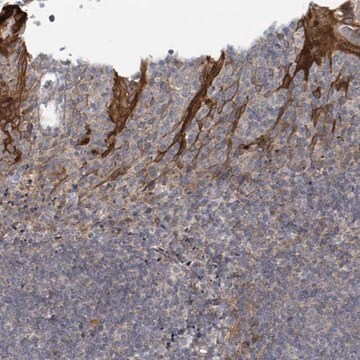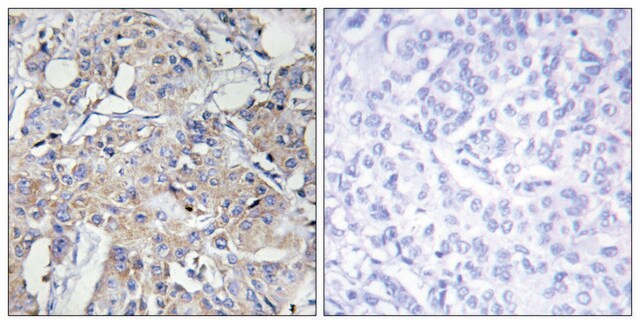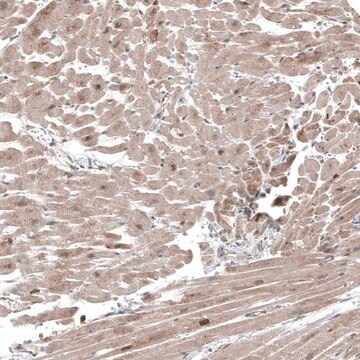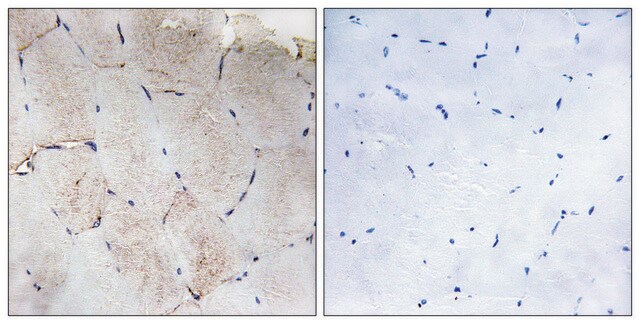MAB1944-C
Anti-Collagen VI alpha-3 Antibody, clone 3C4, Ascites Free
culture supernatant, clone 3C4, from mouse
Synonyme(s) :
Collagen alpha-3(VI) chain, Collagen VI alpha-3 polypeptide
About This Item
Produits recommandés
Source biologique
mouse
Niveau de qualité
Forme d'anticorps
culture supernatant
Type de produit anticorps
primary antibodies
Clone
3C4, monoclonal
Espèces réactives
human
Technique(s)
electron microscopy: suitable
flow cytometry: suitable
immunocytochemistry: suitable
immunohistochemistry: suitable (paraffin)
immunoprecipitation (IP): suitable
Isotype
IgG1κ
Numéro d'accès NCBI
Numéro d'accès UniProt
Conditions d'expédition
dry ice
Modification post-traductionnelle de la cible
unmodified
Informations sur le gène
human ... COL6A3(1293)
Description générale
Immunogène
Application
Qualité
Immunohistochemistry Analysis: A 1:50 dilution of this antibody detected collagen VI alpha-3 chain immunoreactivity in human breast tissue section.
Description de la cible
Autres remarques
Vous ne trouvez pas le bon produit ?
Essayez notre Outil de sélection de produits.
Code de la classe de stockage
10 - Combustible liquids
Classe de danger pour l'eau (WGK)
WGK 2
Certificats d'analyse (COA)
Recherchez un Certificats d'analyse (COA) en saisissant le numéro de lot du produit. Les numéros de lot figurent sur l'étiquette du produit après les mots "Lot" ou "Batch".
Déjà en possession de ce produit ?
Retrouvez la documentation relative aux produits que vous avez récemment achetés dans la Bibliothèque de documents.
Notre équipe de scientifiques dispose d'une expérience dans tous les secteurs de la recherche, notamment en sciences de la vie, science des matériaux, synthèse chimique, chromatographie, analyse et dans de nombreux autres domaines..
Contacter notre Service technique